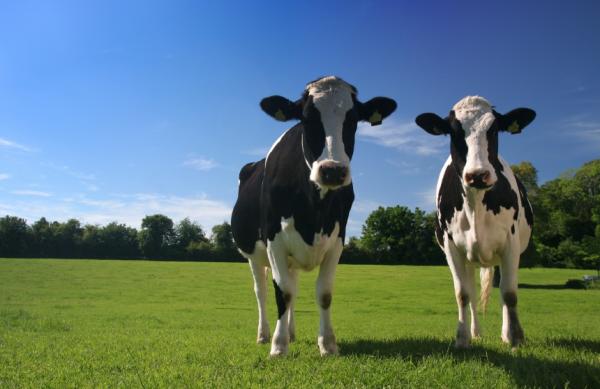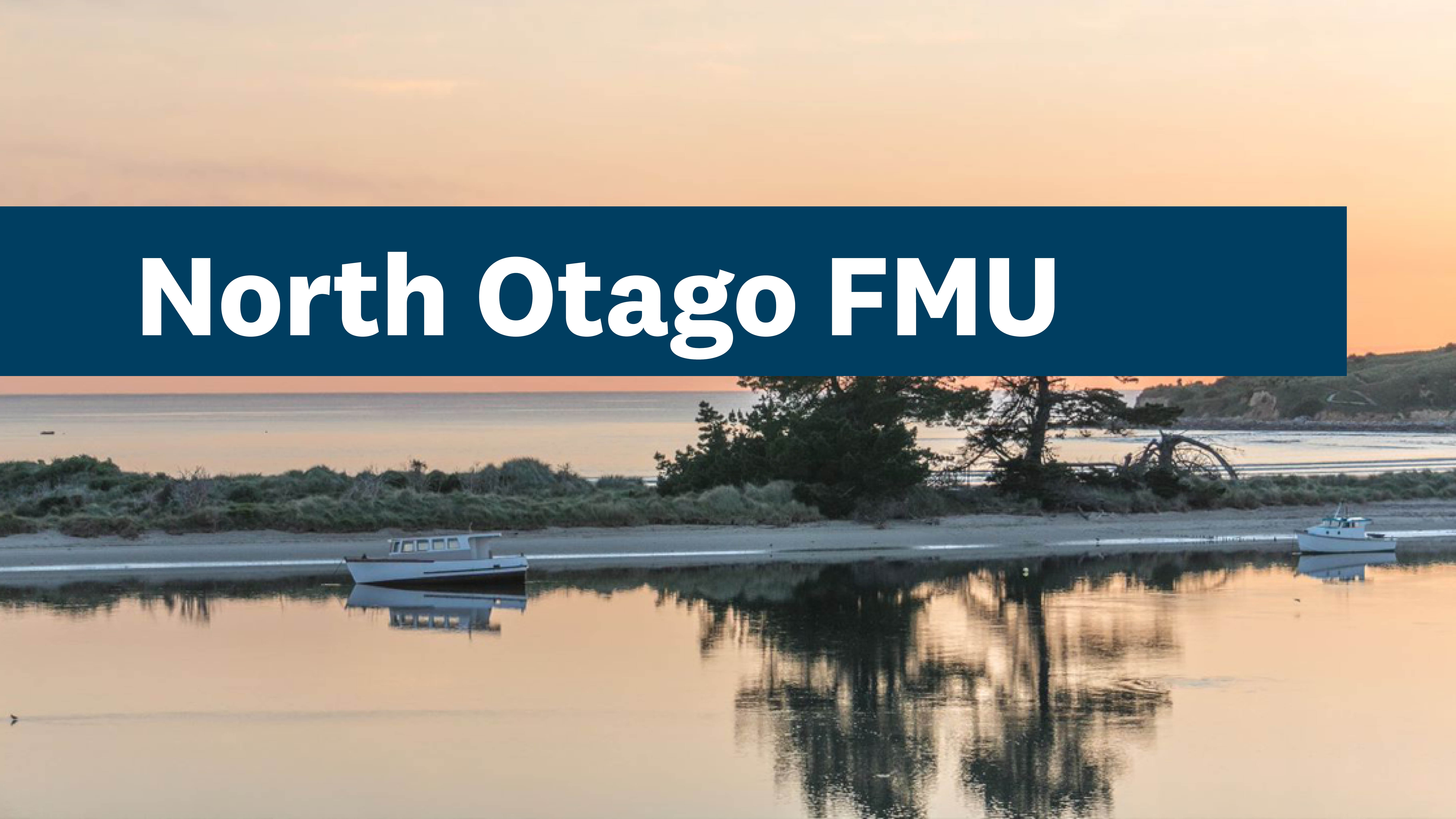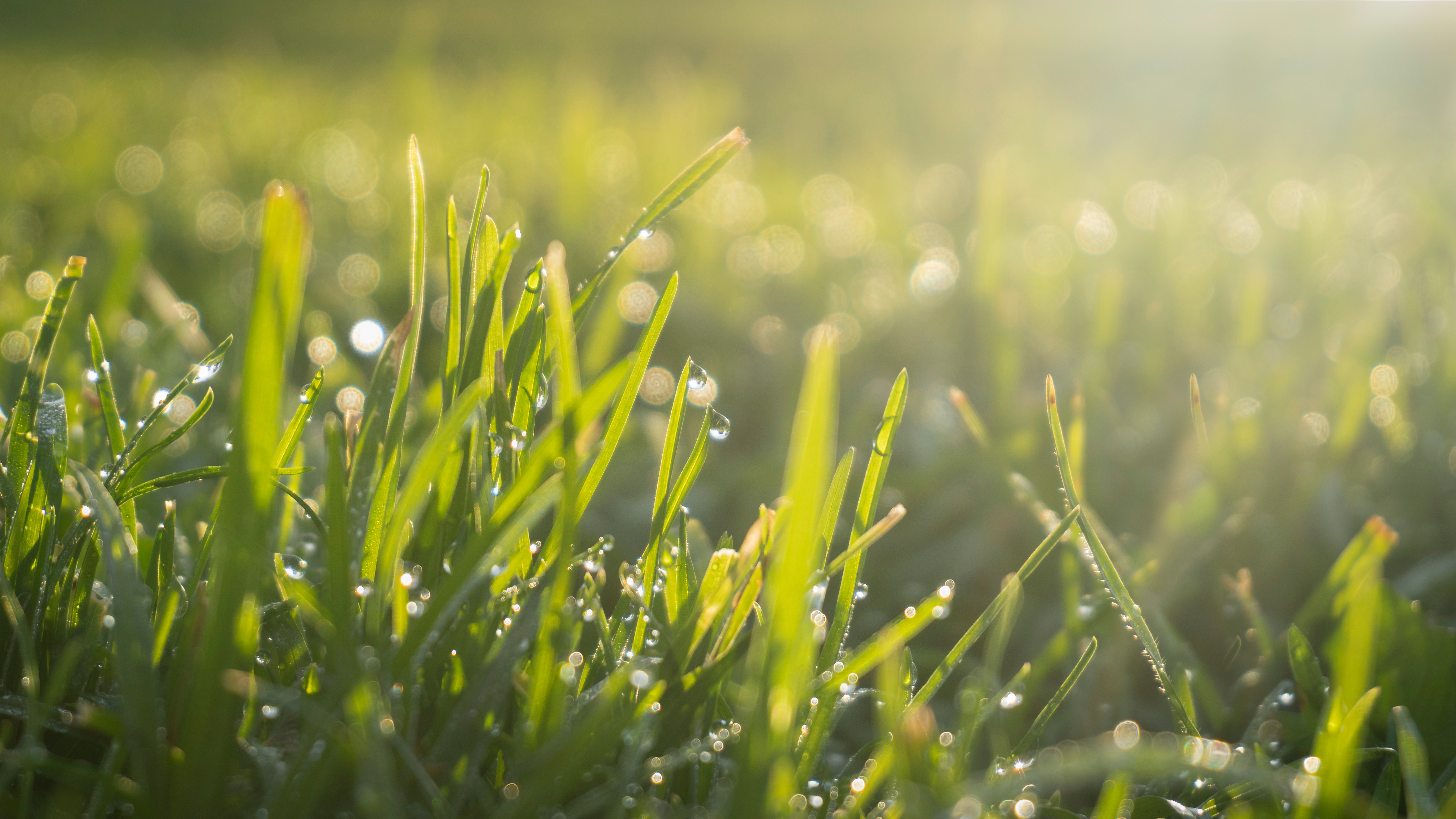Here are further documents and websites that will help you to put together your freshwater farm plan.
Below are links to key plans and policies relevant to the management of fresh water in Otago:
The Regional Plan: Water for Otago is the primary document that manages water within the region’s boundaries.
The New Regional and National Water Rules are Actions for Healthy Waterways regulations, which are designed to restore and protect the health of New Zealand waterways.
The proposed Otago Regional Policy Statement sets out the course of actions to achieve freshwater health in Otago. Objectives, policies and rules in regional plans give effect to this direction.
The National Policy Statement for Freshwater Management 2020 is the policy document fresh water in New Zealand is managed under. Regional policy statements give effect to this direction.
The National Environmental Standards for Freshwater are like rules, and they regulate activities that pose risks to the health of fresh water and freshwater ecosystems. Standards for farming activities apply. There are also standards for other activities that relate to fresh water (e.g., with respect to natural inland wetlands and to deal with the effects of structures, such as culverts and fords on the passage of fish).
Fertiliser Association Code of Practice for Fertiliser Nutrient Management
Land, Water, Air Aotearoa (LAWA) - summarises state and trends for key national water quality monitoring sites for freshwater indicators.
The Menu - developed by Waikato stakeholders. Practices for dry stock, hill country sheep and beef, for nutrient management and water quality.
Landscape DNA - maps showing how physiographics relate to contaminant loss and movement and suggested actions.
Our Environment LUC Map Tool - find the Land Use Capability (LUC) classes and sub classes of your farmland.
Our Land & Water actions to include in a farm environment plan
Our Land & Water designing effective farm environment plans
Industry agreed good management practices in Canterbury
Good management practices poster - produced by the Pathway for the Pomahaka Catchment Project
Ministry for the Environment freshwater farm plan guidance docs - for farmers, overview and key steps, catchment context, tangata whenua.
Te Uru Kahika freshwater farm plan guidance doc - freshwater farm plan system and cross-regional boundaries.
B+LNZ Farm Plan Environment Module has some mitigations
ORC regional guidance docs: What is a River? Critical Source Areas
To help you identify contaminant risks in your FWFP and create an action plan to reduce contaminants from entering freshwater bodies, a description of key contaminants is provided below.
- Nitrogen (N) is an important nutrient in all natural systems and is therefore added via fertilizers to increase crop productivity. However, if N is overapplied, not all if it will be used by crops. Any excess N may enter local watercourses which may lead to increased growth of algae and macrophytes. This can lead to nuisance blooms of potentially toxic algae and to low oxygen concentrations once the blooms die that can create dead zones in which fish and other species cannot survive. In freshwater, Nitrogen exists as nitrite-nitrogen and ammoniacal -nitrogen, two forms that can become toxic at concentrations of 3.5 mg/L and 0.4 mg/L respectively and can cause direct harm to fish and macroinvertebrates.[1]
- Phosphorus (P) is also a limiting plant nutrient that is needed to maximise plant growth, but excess concentrations can lead to growth of nuisance algae and macrophytes.
- Total phosphorus (TP) is a measure of all types of phosphorus present in the water column. Including phosphate bound to suspended sediment and Dissolved Reactive Phosphorus (DRP) which is more readily available for plants.
- E. coli is a bacterium that is present in the digestive tract of all warm blooded organisms, including cattle, birds and humans. It is therefore naturally present in soils and water. The concentration of E. coli in freshwater is used to infer the risk of humans becoming sick after ingesting water. As a guide, a concentration of 540 E. coli/100 ml indicates a campylobacter infection risk >5%. At this concentration, recreational activities in water should be avoided [10].
- Sediment - as rainwater flows over land it can mobilise different sized particulates of substrate that are then transported to a waterbody. Sediment can fill up the small spaces between rocks and make the habitat unsuitable for fish and macroinvertebrates to live in.
Inherent risks (vulnerabilities)
- Steep slopes (sediment loss, erosion, and contaminant leaching and runoff)
- Low slope areas (intensive)
- Stony river flats (porous, flood risk)
- Critical source areas
- Adverse events/ climate change
- Soil type – heavy soils (runoff), free draining soils (leaching)
- Contaminant pathways e.g., drainage, ephemeral streams/ high rainfall
- Low rainfall (drought), high rainfall (contaminant runoff)
- Irrigation.
- Sub-surface drains.
- Areas of cultural significance.
Potentially risky activities
- Intensive winter grazing, feedlots, stockholding areas
- Intensification eg forest-pasture, sheep&beef-dairy
- Silage pits, offal/rubbish pits
- Fert application
- Stock access to streams, wetlands
- Stock and mechanical activity (cultivation, spraying, irrigation, drainage) near waterways
- Fish passage impediments
- Water takes and use.
- Irrigation
- Point sources – tracks, gateways, troughs, yards, barns, silage pits, dumps
- Hazardous substances like fertiliser and agrichemicals – storage, use, disposal
- Effluent storage and management, discharge
Mitigations
- No tillage
- Low fert/ fert management
- Animal numbers, stocking rates
- Strategic grazing/ cropping and paddock planning (IWG regs compliance)
- Manage CSAs and drains
- Precision ag (fert, irrig)
- Follow GMP and codes
- Stock exclusion, fencing and riparian planting, grass buffers of waterways and wetlands (SE regs compliance)
- Wetland restoration
- Processes and procedures (e.g. staff training)
- Retiring land (and earn C credits or biodiv credits if eligible) allow to revert or do some planting
- Fence off native remnants
- Polar and willow pole planting strategically, e.g. above fencelines and tracks, and in the most eroding areas
- Water table and irrigation codes compliance (water measurement regs, resource consents)
- Effluent discharge management
- Irrigation management
Benefits
- Water quality improvements
- Keep nutrients on farm, reduce erosion
- Animals safer (from dangerous areas)
- Market assurance
In your farm plan you will need to talk about vulnerabilities and risks to water quality. The below table shows more information on the link between soils and the risk to water quality. To use the table below, look at the properties of your soil from the soil information in the mapping tool, your topography and then the risk to water quality in the table. This will then help you to think about the level of risk to water quality on your farm and on farm actions to reduce these risks.
Table 1: Link between soil characteristics and potential risks to water quality [6]
|
Soil properties |
Potential risks to water quality |
|
|
Slow permeability and poor drainage |
These areas are more prone to overland flow of contaminants to waterways following rainfall events. This poses risk to surface water quality. Pallic soils are dense and have slow permeability and weak soil structure increasing their risk for both N, P and sediment loss due to their susceptibility to waterlogging and erosion. Gley soils are naturally poorly drained and are often wet making them especially susceptible to N leaching loss. Melanic soils high in clay (>50%; Vertic) are subject to shrink-swell behaviour that can create cracks in dry weather that act as conduits for preferential flow of contaminated water (Houlbrooke & Monaghan, 2009). |
|
|
Moderate to rapid permeability and moderately well to well drained |
Permeable and well-drained soil (Brown and Recent soil orders) have high rates of water infiltration. As such, these soils are prone to nutrient leaching loss when both high rates of fertiliser are applied and stocking rate is high. Due to the undisturbed and low nutrient status of conservation land (predominantly Brown and Podzol soils), water passing over or through these soils is likely to be uncontaminated. Sediment is more susceptible to enter waterways where erosion can occur on steep slopes with shallow soils. |
|
Beef and Lamb New Zealand. Adapting to a changing climate fact sheet
DairyNZ. Adverse weather (2023)
Department of Conservation. Fish Passage Management
Dunedin City Council. Planning Map (appeals version)
Kāi Tahu Ki Otago Natural Resource Management Plan 2005
Kāi Tahu Ki Otago. Waitaki Iwi Management Plan 2019
Land, Air, Water Aotearoa (LAWA). Can I swim here?
Land, Air, Water Aotearoa (LAWA). Lake Quality
Land, Air, Water Aotearoa (LAWA). Nitrogen fact sheet
Land, Air, Water Aotearoa (LAWA). Phosphorus fact sheet
Land, Air, Water Aotearoa (LAWA). River Quality
Land, Air, Water Aotearoa (LAWA). Sediment
Lynn IH et al. (2009). The Land Use Capability (LUC) Survey Handbook, 3rd edition
Ministry for the Environment. Developing a freshwater farm plan
Ministry for the Environment. Hazardous Activity Industries List activity
Ministry for the Environment. National Policy Statement for Freshwater Management 2020 – Amended February 2023
Ministry of Business, Innovation and Employment. Principles from te ao Māori the Māori worldview | He aronga Māori ki ngā mātāpono
National Institute of Water and Atmospheric Research (NIWA). Climate Change Adaptation Toolbox
National Institute of Water and Atmospheric Research (NIWA). New Zealand Freshwater Fish Database
New Zealand Parliamentary Counsel Office. Resource Management (Freshwater Farm Plans) Regulations 2023
New Zealand Parliamentary Counsel Office. Resource Management (National Environmental Standards for Freshwater) Regulations 2017
Otago Regional Council. Climate Change
Otago Regional Council. Consents in Otago
Otago Regional Council. Good practice information
Otago Regional Council. New Regional and National Water Rules
Otago Regional Council. North Otago FMU
Otago Regional Council. North Otago FMU Water Quality State and Trends 2021
Otago Regional Council. Otago Native Planting Guide
Otago Regional Council. Otago Natural Hazards Portal
Otago Regional Council. Otago Region – Regional Plan Maps
Otago Regional Council. Otago Regional Council – Listed Land Use Register: Mapping Resource
Otago Regional Council. Proposed Regional Policy Statement
Otago Regional Council. Regional Plan: Water
Potiki, T. (2019). Mana whenua values framework. Unpublished manuscript.
Te Rūnanga o Ngāi Tahu. Kā Huru Manu
Waitaki District Council. Waitaki District Plan Mapping

FWFP CCCV Introduction
Information to help you develop a Freshwater Farm Plan (FWFP).

North Otago FMU CCCV
Each Otago FMU has unique requirements when creating a required Fresh Water Farm Plan review the Catchment Context, Challenges and Values for the North Otago Freshwater Management Unit.

Freshwater Farm Plans
Freshwater farm plans are a practical way for farmers and growers to identify, manage and reduce the impact of farming on the freshwater environment.
